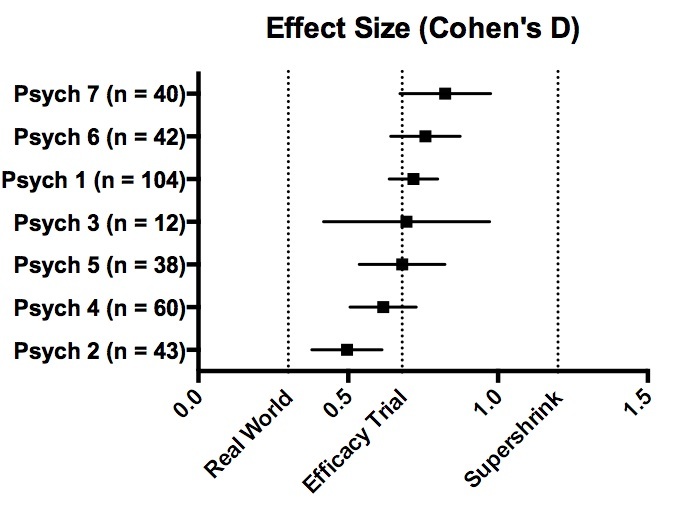Overthinking – a few tips on getting out of your head
 Clinical Psychologist, Dr Julieta Castellini has seen a lot of clients who overthink their problems. Their stories, along with her own research and study into this problem have allowed her to put together some helpful advice for people who just dont seem to be able to stop worrying.
Clinical Psychologist, Dr Julieta Castellini has seen a lot of clients who overthink their problems. Their stories, along with her own research and study into this problem have allowed her to put together some helpful advice for people who just dont seem to be able to stop worrying.
What is overthinking?
Have you ever had the experience of going to a social event and afterwards thinking and re-thinking what happened? Or perhaps getting caught up in thinking over and over about how decisions you may have made will turn out in the future? These are two classic examples of overthinking.
Overthinking involves narrowing your attention to focus on unpleasant feelings that you might be experiencing, such as sadness, anger or worry. By overthinking, we focus more on exploring possible causes and consequences of these unpleasant feelings, rather than spending time thinking through ways of addressing the problem. As we aren’t really dealing with the problem at hand, overthinking tends to make us feel worse in the long run. If you are overthinking experiences that occurred in the past, we call this rumination, and if the overthinking is about events or situation that may occur in the future, we refer to this as worry.
When should I do something about it?
It’s a normal, human reaction to overthink situations from time to time; however there may be times when overthinking gets out of control. A handy rule is if overthinking is getting in the way of your daily routine (e.g. going to work, parenting your children, engaging with friends), then it is likely to have become a problem.
What can I do?
Overthinking is not like a button that can be pushed on and off, but there are ways to manage it, with a bit of practice. Here are some tips:
Mindfulness: When you find you are getting caught up in overthinking, come back to the present moment and focus on what you can experience in your body. Ask yourself, what can I hear? What can I see? What can I smell? What can I taste? What can I feel with my skin? By focusing on what is happening within our bodies, it can help us to have a break from our worry and rumination and gain perspective on what we were overthinking
Change your environment: Sometimes we get caught in a rut in our overthinking. By having a change of scenery, this helps to get us out of our head. Try going for a walk, opening some windows or putting some music on.
Get active: When you notice yourself getting caught up in overthinking, try to stop and get involved in doing something else. This might be playing with your kids, reading, cooking or enjoying a hobby. When we are doing these kinds of activities, it’s hard to have as much focus on overthinking.
Problem solve: Instead of spending time getting caught up in the whys of how a situation may have come about, try to focus on thinking through your opinions in this situation. What can I do now? It might even be worthwhile to write down a list of the options you have, along with upsides and downsides to each option.
Talk it out: It can be incredibly helpful to talk out our worries with supportive family or friends. This gives us an opportunity to air what we are thinking and gets some perspective from others about it.
If you find that your overthinking is getting in the way of other important things in your life, it may be helpful to talk to your GP about whether it is worthwhile to speak to a psychologist about other ways to manage this.


 Dr Jennifer Wilson
Dr Jennifer Wilson